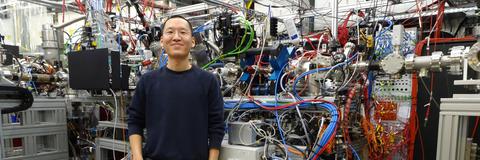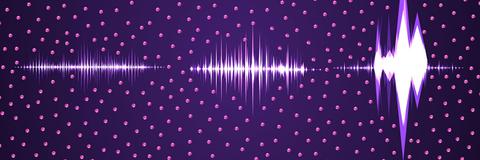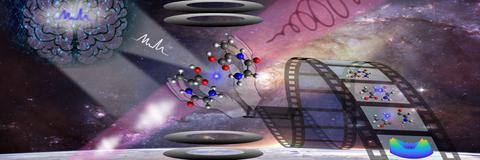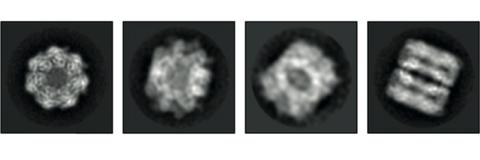
The SQS (Small Quantum Systems) instrument is dedicated to investigations of fundamental processes of light-matter interaction in the soft X-ray wavelength regime. Typical targets are isolated species in the gas phase, such as atoms, molecules, ions, clusters, nanoparticles and large bio-molecules. The main applications focus on processes occurring under irradiation with ultra-short, highly intense X-ray pulses using a variety of spectroscopic techniques. In particular, studies of non-linear phenomena, such as multiple ionization and multi-photon processes, time-resolved experiments following dynamical processes on the femtosecond timescale, and investigations using coherent scattering techniques are targeted.
The experiments are performed using a state-of-the art experimental platform, taking advantage of the ultrashort pulses, the extreme brilliance, and the high coherence of the soft X-ray pulses at the European XFEL. A powerful and tunable optical laser system is available for time-resolved studies. A wide range of experimental techniques for spectroscopic investigations using electrons, ions and photons is available, as well as various set-ups for introducing the target sample. The design of the spectrometers has been optimized to take advantage of the high repetition rate, and to enable various types of coincidence methods. The use of soft X-ray photons enables controlled excitations of specific electronic subshells in atomic and site- or element specific excitation in molecular targets.
Please contact a member of the SQS team well in advance if you consider submitting a proposal for run 14 (deadline June 24 2025, 4 pm CEST).
All experimental stations, AQS, NQS, and REMI will be available. X-ray parameters are listed below.
Further information:
- The experimental stations: AQS, NQS, REMI
- The imaging X-ray spectrometer
- The Timepix3 camera
- Sample delivery systems
- X-ray optics and monochromator
- Photon diagnostics
- Optical laser
- General information for users






